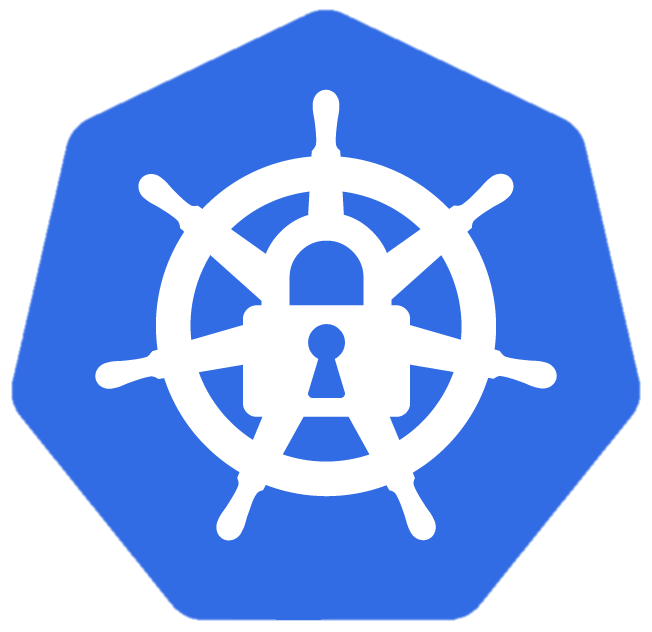
Exposing a sensitive interface to the internet poses a security risk. Some popular frameworks were not intended to be exposed to the internet, and therefore don’t require authentication by default. Thus, exposing them to the internet allows unauthenticated access to a sensitive interface which might enable running code or deploying containers in the cluster by a malicious actor. Examples of such interfaces that were seen exploited in the past include Apache NiFi, Kubeflow, Argo Workflows, Weave Scope, and the Kubernetes dashboard.
You can as an example follow the official Kubernetes documentation on except for the following minor but very relevant changes which will disable authentication completely and mess with permissions drastically.
In the official YAML file provided by the Kubernetes project we add a single line after the following part (please note that the version/tag might have changed once you’re reading this).
...
containers:
- name: kubernetes-dashboard
image: kubernetesui/dashboard:v2.6.1
imagePullPolicy: Always
ports:
- containerPort: 8443
protocol: TCP
args:
- --auto-generate-certificates
- --namespace=kubernetes-dashboard
...
Now add --enable-skip-login so we get:
...
containers:
- name: kubernetes-dashboard
image: kubernetesui/dashboard:v2.6.1
imagePullPolicy: Always
ports:
- containerPort: 8443
protocol: TCP
args:
- --auto-generate-certificates
- --namespace=kubernetes-dashboard
- --enable-skip-login
...
In addition we give bind the kubernetes-dashboard ServiceAccount to the cluster-admin ClusterRole (really, don’t do this anywhere near production!).
kind: ClusterRoleBinding
apiVersion: rbac.authorization.k8s.io/v1
metadata:
name: kubernetes-dashboard-cluster-admin
subjects:
- kind: ServiceAccount
name: kubernetes-dashboard
namespace: kubernetes-dashboard
roleRef:
apiGroup: rbac.authorization.k8s.io
kind: ClusterRole
name: cluster-admin
Once deployed you can test everything by using the kubectl proxy command and access http://localhost:8001/api/v1/namespaces/kubernetes-dashboard/services/https:kubernetes-dashboard:/proxy/ but of course the interface is also reachable from within the cluster other Pods (see also “Cluster internal networking“).
Because of the added missconfiguration we can simply skip the login step.

And we gain access to the Kubernetes Dashboard (see also “Access Kubernetes dashboard“).
